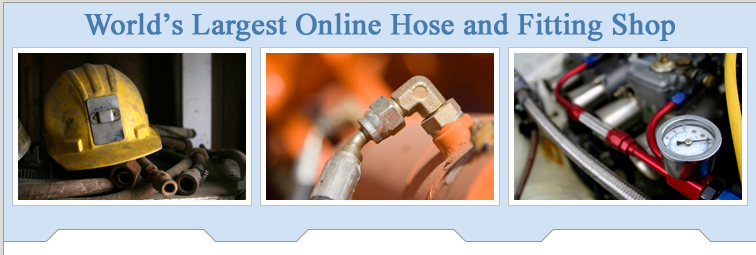
Stopping the “Water Hammer” in Your Hydraulic System
April 3, 2016
In last week’s email, we talked about decompression and how to control it. Let’s wrap up the topic of noise…
By webadmin

Another Reason For Noise In Your System That Can Give You Problems
March 27, 2016
There is another intermittent and problematic source of noise in hydraulic systems – decompression. This problem arises because hydraulic oil…
By webadmin

Noisy Hydraulics
March 20, 2016
Noise level in the workplace is always an issue. The high power density and corresponding high noise emission…
By webadmin

